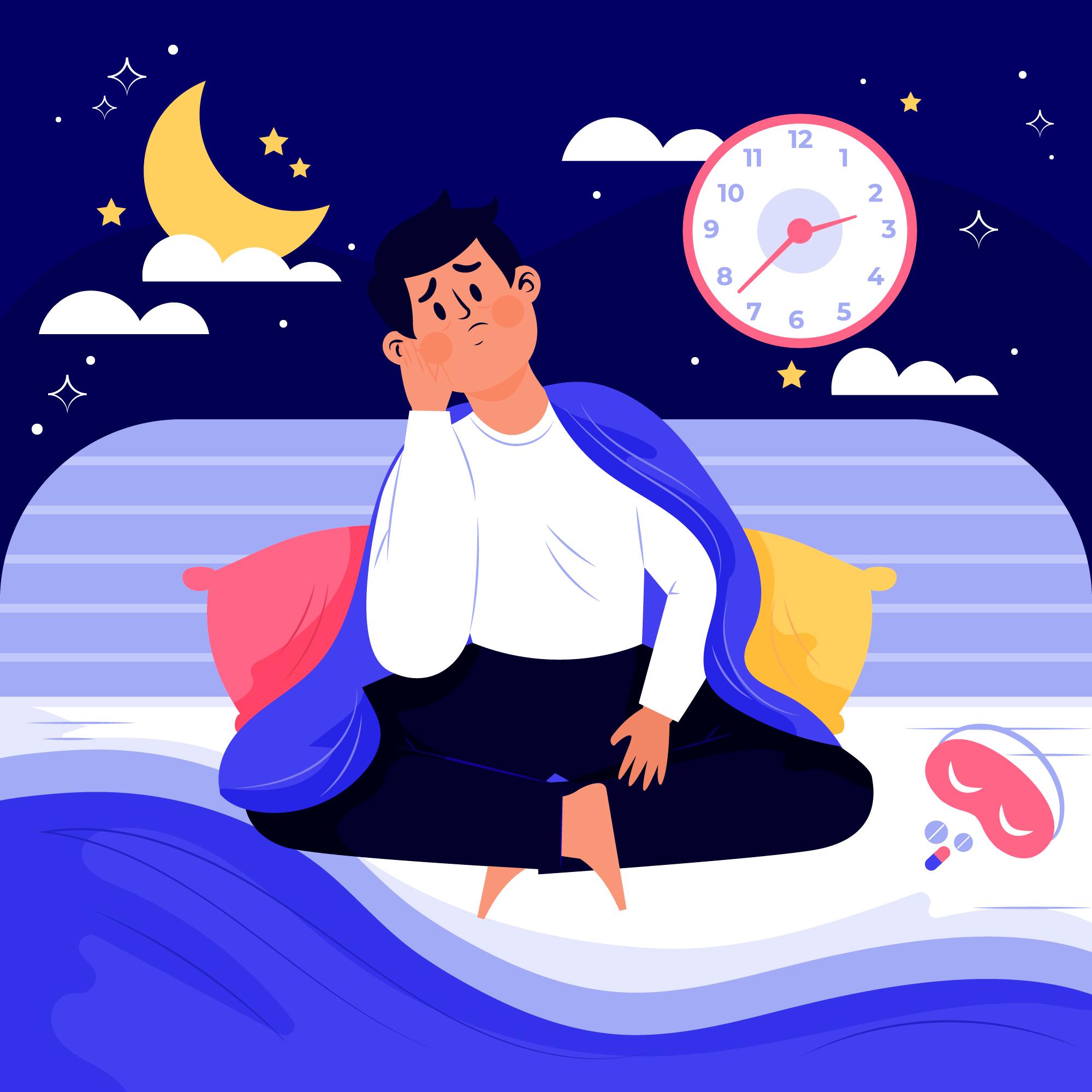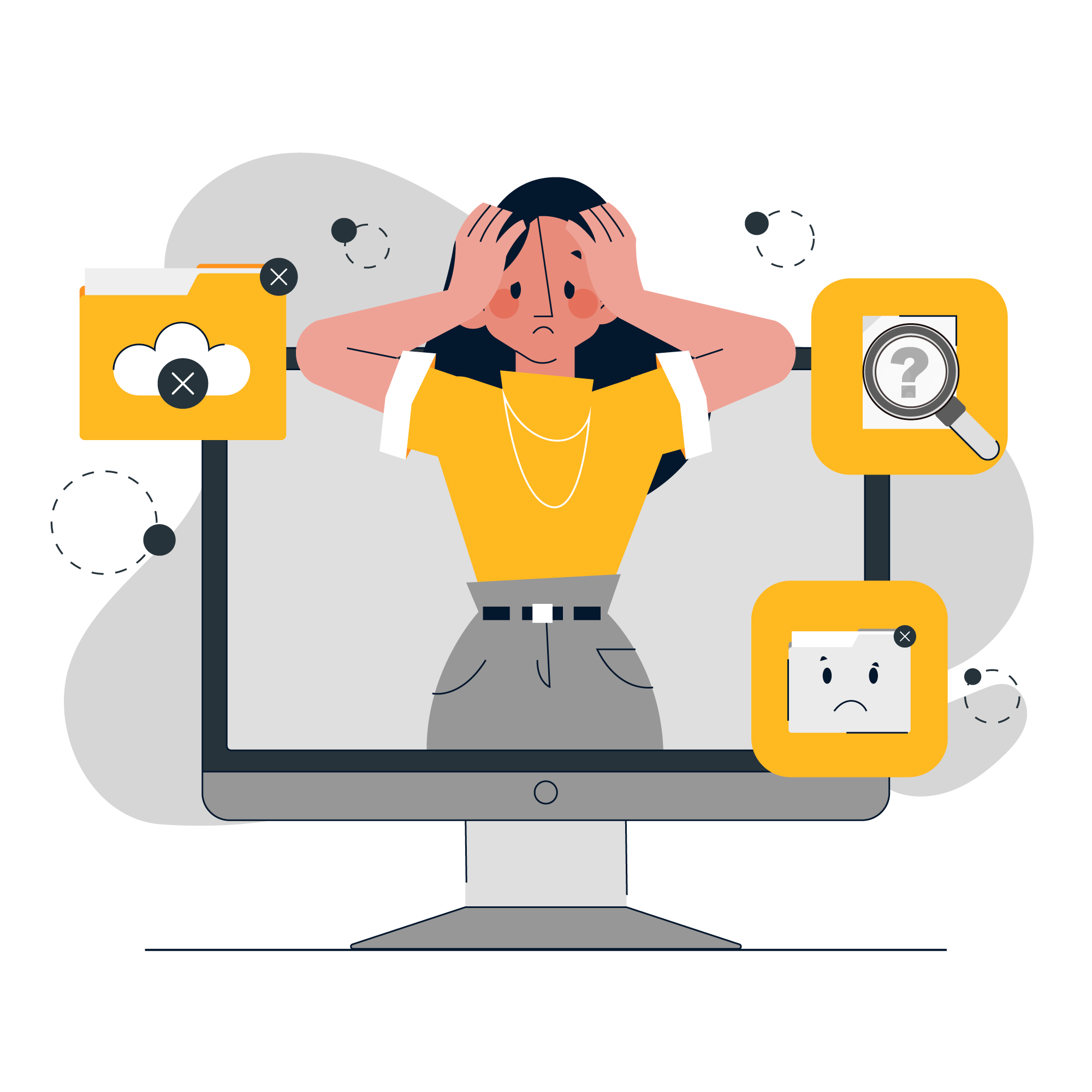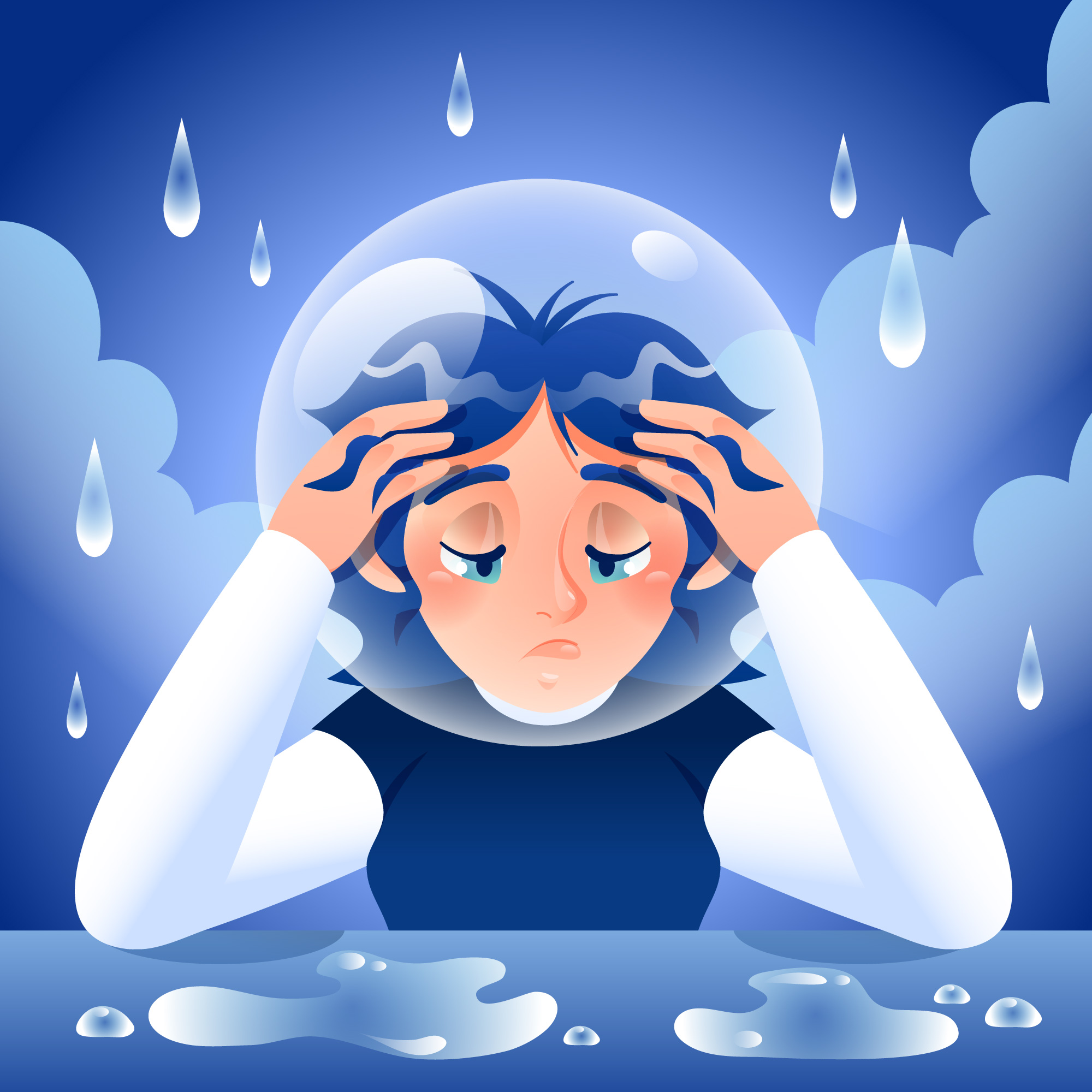Premenstrual Dysphoric Disorder
Overview
Premenstrual Dysphoric Disorder (PMDD) is a severe form of premenstrual syndrome (PMS) characterized by significant emotional and physical symptoms that disrupt daily functioning. While PMS affects a substantial number of women, PMDD is less common but more debilitating. In India, awareness and diagnosis of PMDD are gradually increasing, yet many women remain undiagnosed due to cultural and societal factors.
Key Facts
- Prevalence in India: Studies indicate that the prevalence of PMS among Indian women ranges from 14.3% to 74.4%, with PMDD affecting approximately 2% to 14% of women.
- Age Group Affected: Research shows that PMDD is more prevalent among women aged 17-24 years, with a significant decrease in prevalence in women aged 25-30 years.
Symptoms and Patterns
PMDD manifests with a variety of emotional and physical symptoms that typically occur during the luteal phase of the menstrual cycle (after ovulation and before menstruation) and subside with the onset of menstruation. Common symptoms include:
- Emotional Symptoms: Severe mood swings, irritability, depression, anxiety, and feelings of being overwhelmed.
- Physical Symptoms: Fatigue, bloating, headaches, breast tenderness, and changes in sleep or appetite.
These symptoms are severe enough to interfere with daily activities and relationships.
Risk and Protective Factors
Risk Factors:
- Hormonal Fluctuations: Changes in estrogen and progesterone levels during the menstrual cycle can trigger PMDD symptoms.
- Genetic Predisposition: A family history of PMDD or mood disorders may increase susceptibility.
- Psychosocial Stressors: Chronic stress, history of trauma, or significant life changes can exacerbate symptoms.
Protective Factors:
- Healthy Lifestyle: Regular physical activity, balanced nutrition, and adequate sleep can help mitigate symptoms.
- Stress Management: Practices such as mindfulness, meditation, and yoga can reduce stress levels.
- Social Support: Strong support systems, including family and friends, can provide emotional assistance.
Treatment and Care
Management of PMDD often requires a multifaceted approach:
- Pharmacological Interventions:
- Antidepressants: Selective serotonin reuptake inhibitors (SSRIs) are considered the first-line treatment for severe PMDD.
- Hormonal Therapies: Combined oral contraceptives (COCs) can help regulate hormonal fluctuations.
- Non-Pharmacological Interventions:
- Dietary Adjustments: Reducing caffeine and salt intake, and ensuring adequate calcium consumption, may alleviate symptoms.
- Regular Exercise: Engaging in aerobic activities can improve mood and reduce physical discomfort.
- Cognitive Behavioural Therapy (CBT): This form of psychotherapy helps in managing negative thought patterns and emotional responses.
Psychological and Psychosocial Interventions
- Support Groups: Participating in groups with others experiencing PMDD can provide a sense of community and shared understanding.
- Stress Reduction Techniques: Incorporating relaxation methods such as deep breathing exercises, progressive muscle relaxation, and mindfulness meditation can be beneficial.
- Education and Awareness: Educating women about PMDD and its management empowers them to seek appropriate care and make informed decisions.
Conclusion
Premenstrual Dysphoric Disorder significantly impacts the quality of life for many women in India. Despite its prevalence, it remains underdiagnosed due to limited awareness and cultural stigmas surrounding mental health. A comprehensive approach that combines medical treatment, lifestyle modifications, and psychosocial support is essential for effective management. Enhancing awareness and understanding of PMDD within the Indian context is crucial for improving outcomes and supporting affected women.








